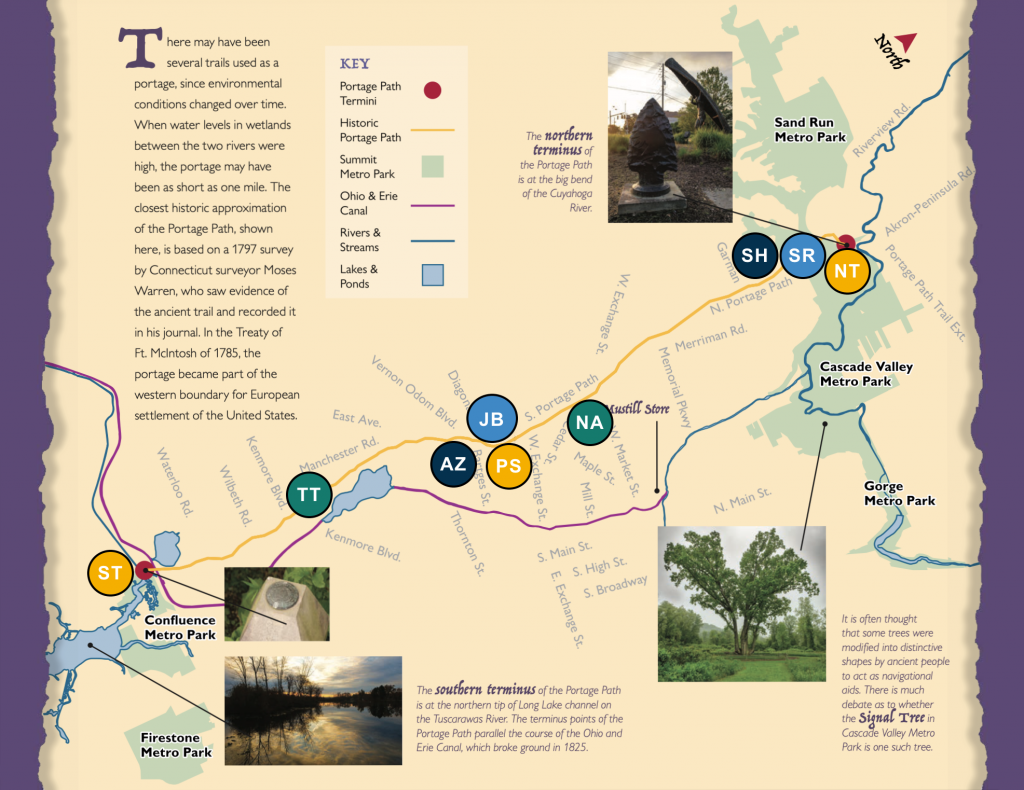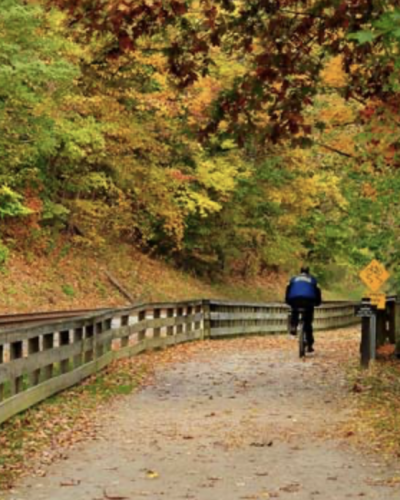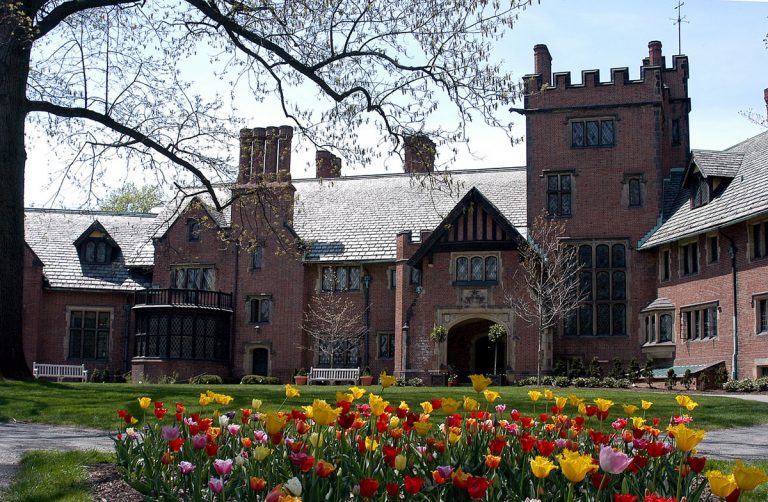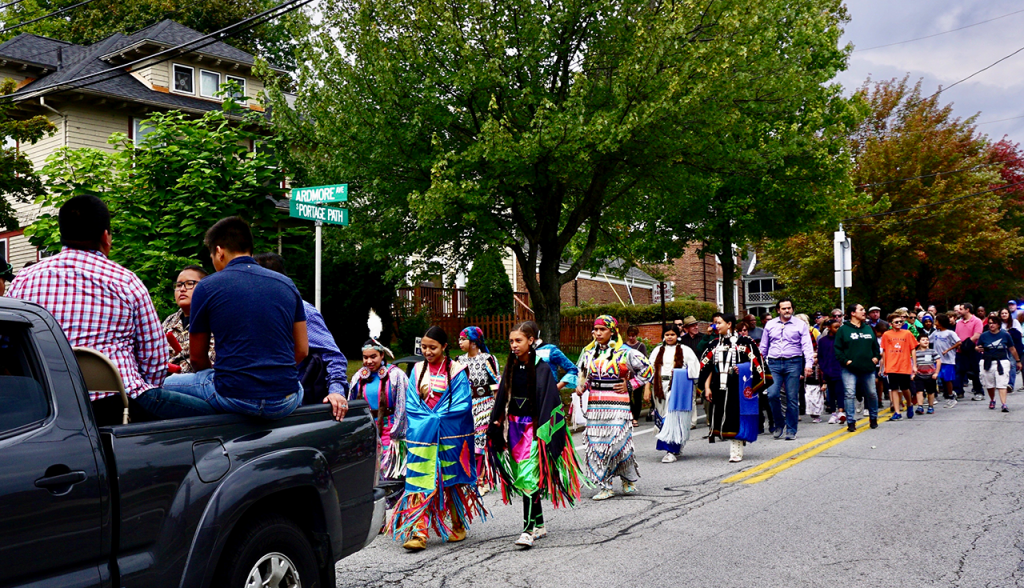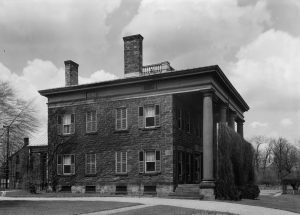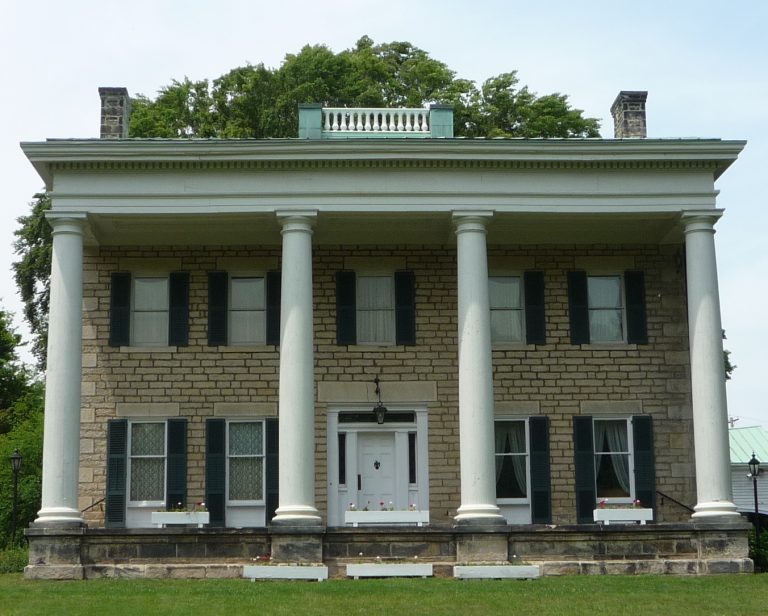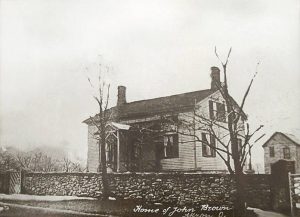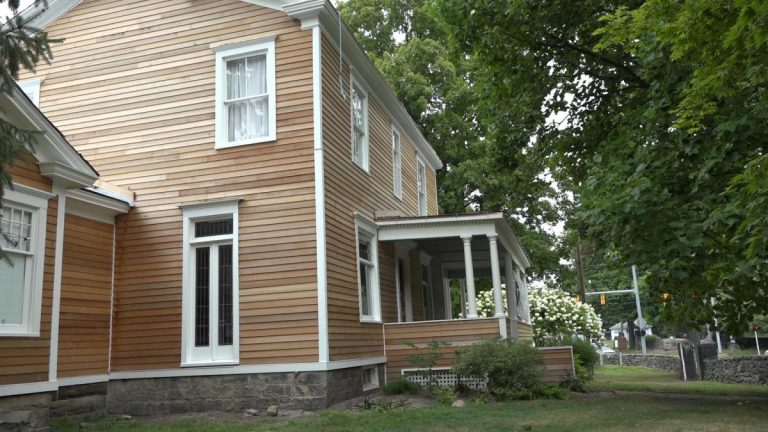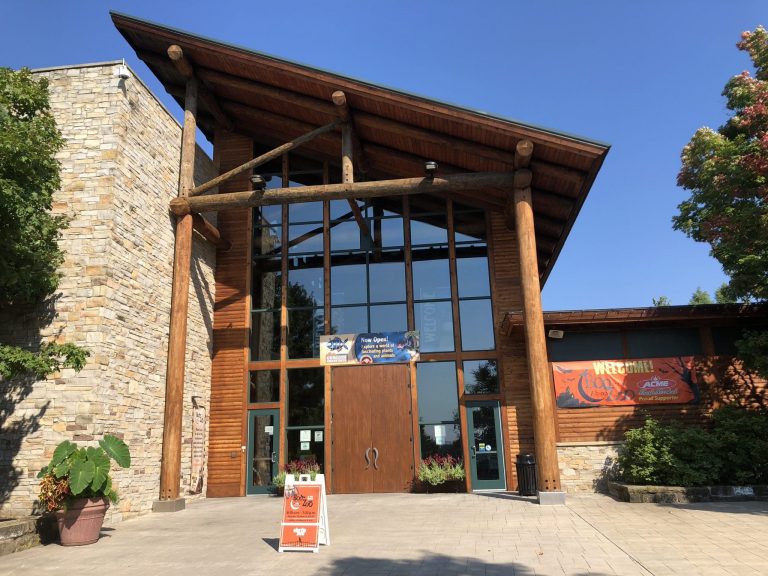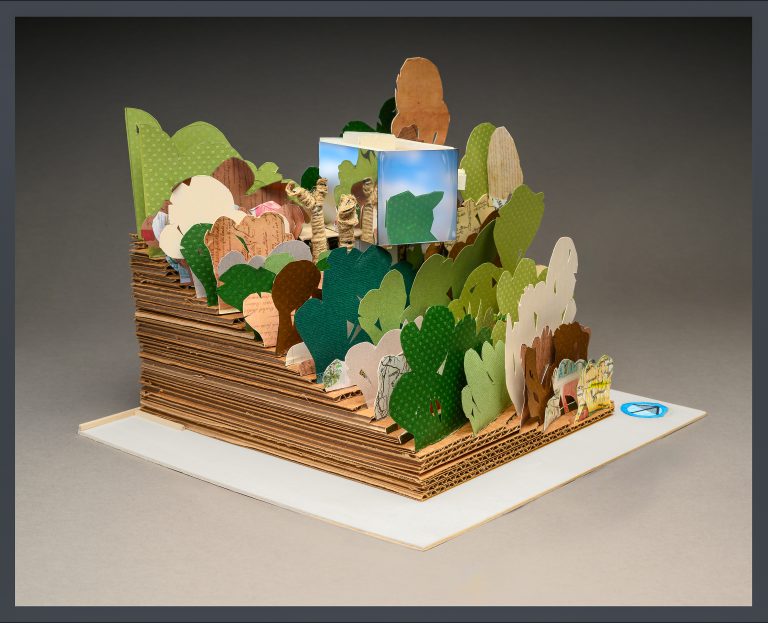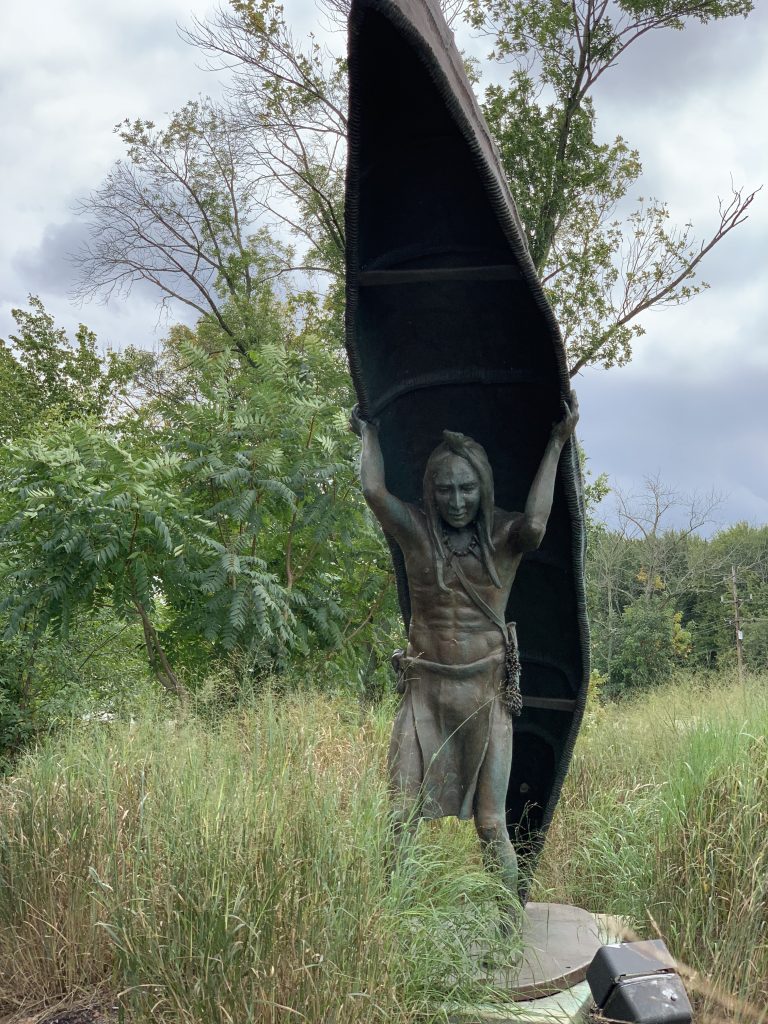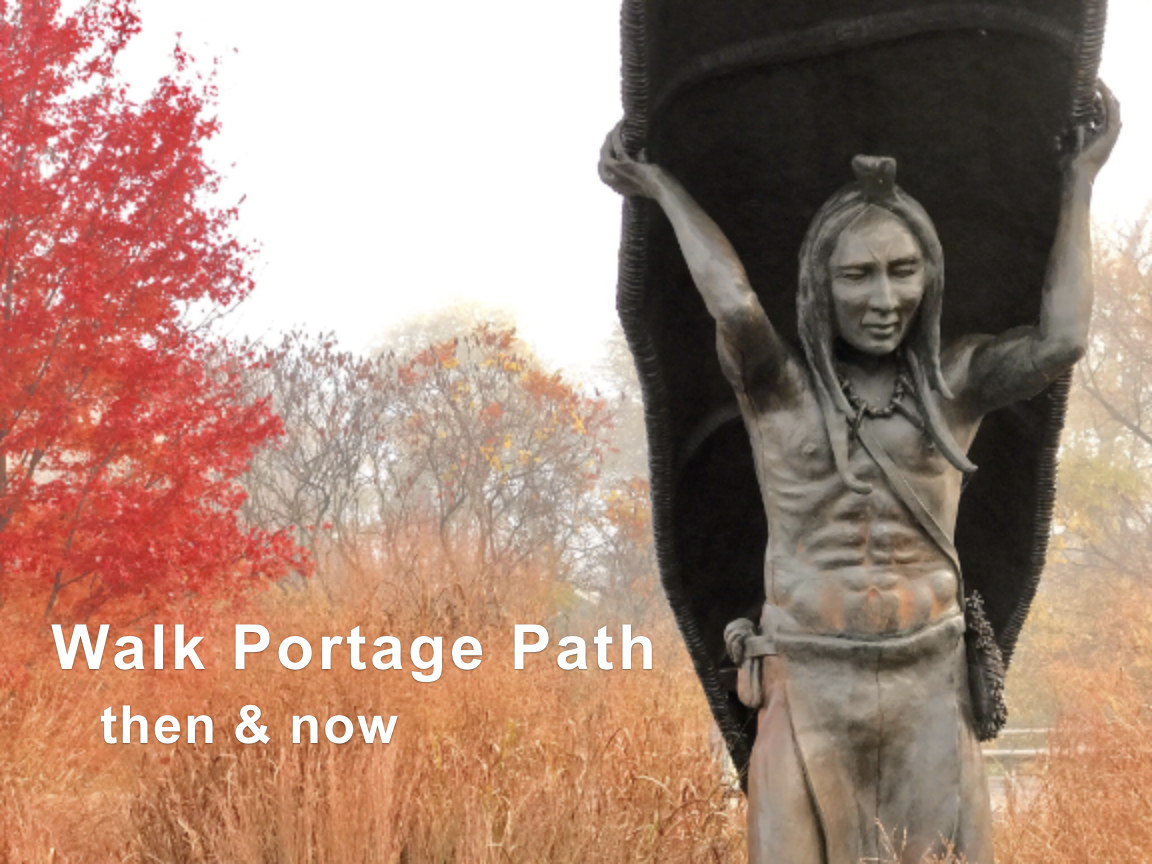
Long ago, Native American tribes like the Seneca and Delaware used the Portage Path to travel between the Cuyahoga and Tuscarawas Rivers. Today, Akron, known for its industrial history, has cultural attractions along the Portage Path, including museums, a zoo, county-wide Indigenous celebrations and more. Walking the Portage Path helps you learn about the then while enjoying the now.
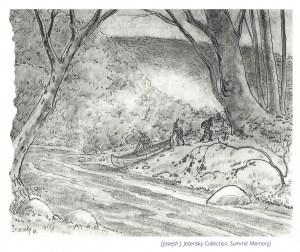
The Portage Path formed the vital link in the shortest and best water route between the great lake to the north and the rivers flowing south. The trail was created long ago possibly by the Early Woodlands people whose work still stands 2-1/4 miles to the north. Later the Erie Indians occupied this land until the late 1500’s. Other tribes, notably the Delaware, moved to this area in the 1700’s to establish camps and villages, including a major village, “Cuyahoga Town,” here at Old Portage where the two important trails intersected.
The 998-acre Sand Run Metro Park opened in 1929, but the area has been welcoming visitors for centuries.The upland surrounding Sand Run was a settlement area for Indigenous Peoples. Portage Path was once an important Indigenous trail between the Cuyahoga and Tuscarawas rivers; later, it was the western boundary of the United States. A high ridge above the Wadsworth Area was a lookout point for General Elijah Wadsworth, who made his camp near the present-day Old Portage Area during the War of 1812.
Stan Hywet Halland Gardens
In 1910, F.A. Seiberling, co-founder of The Goodyear Tire and Rubber Company, began to purchase land in Portage Township, a farming area on the west side of the Akron city limits. Seiberling and his wife, Gertrude, wanted to build a home large enough for their growing brood and their extended family. They also wanted the house to function as a center for entertainment and events for the greater Akron community. They named it Stan Hywet, Old English for stone quarry — after the property’s most prominent natural feature.
After the death of F.A. Seiberling in 1955, Stan Hywet became a non-profit historic house museum, opening for tours so that the public could benefit from the cultural, educational, and inspirational riches of one of the most significant achievements in architecture and horticulture to come out of America’s Industrial Age. Stan Hywet is open Tuesday-Sunday for tours, April – December.
North American First People's Day
Perkins Stone Mansion
Completed in 1837, the Perkins Stone Mansion was built by Colonel Simon Perkins, son of Akron’s founder General Simon Perkins. As one of the finest examples of Greek Revival architecture in Ohio.
The Perkins family occupied the house until 1945, after which it was sold to the Summit County Historical Society. The interior restoration in 1986 gained widespread acclaim. In 2006, the house was the main site for the Junior League of Akron Designer ShowHouse, leading to numerous renovations. Now a historical house museum, the Mansion vividly depicts the Perkins family’s three generations and interprets Akron and Summit County history from the city’s founding to the early 1900s.
In 1830, Benjamin O. Greene and Salmon Hoisington built a house later known as the Stone House (now Perkins Stone Mansion). The Perkins family rented it while their mansion was under construction. In 1844, Colonel Simon Perkins bought the house and leased it to John Brown. Facing financial issues, Brown made a deal with Perkins to run a wool partnership. Perkins provided shelter for sheep, and Brown took care of tasks like washing and shearing. The agreement included renting the house, yard, and garden, with wood privileges, for thirty dollars a year.
A new exhibit, “Family. Farm. Freedom.” was unveiled in 2019 on May 9th, John Brown’s 219th birthday. Funded in part by the National Park Service Underground Railroad Network to Freedom in collaboration with the Association for the Study of African American Life and History, the exhibit shares the life of John Brown with interpretation and hands-on exhibits for all ages. For our Juneteenth community gathering that same year, renowned artist Woodrow Nash, also a Society board director, donated and unveiled a new bust of John Brown.
The Akron Zoo started in the early 1900s with a park gift and two bears. Over the years, it transformed, privatized in 1980, and changed its name to Akron Zoological Park. Accredited in 1989, it expanded its mission, habitats, and animal collection. With tax support, it doubled in size. The zoo renewed its commitment in 2020, securing a 99-year land lease, now occupying 77 acres with developed areas covering 35 acres.
Tree-T-Lodge
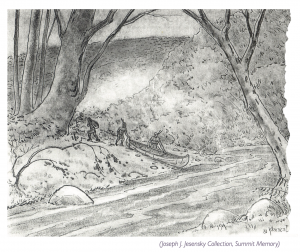
The Portage Path formed the vital link in the shortest and best water route between the great lake to the north and the rivers flowing south. The trail was created long ago possibly by the Early Woodlands people. Later the Erie Indians occupied this land until the late 1500’s. Other tribes, notably the Delaware, moved to this area in the 1700’s to establish camps and villages.
